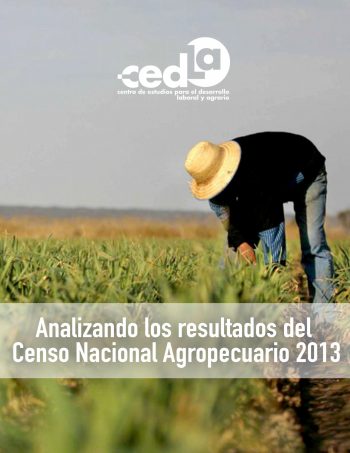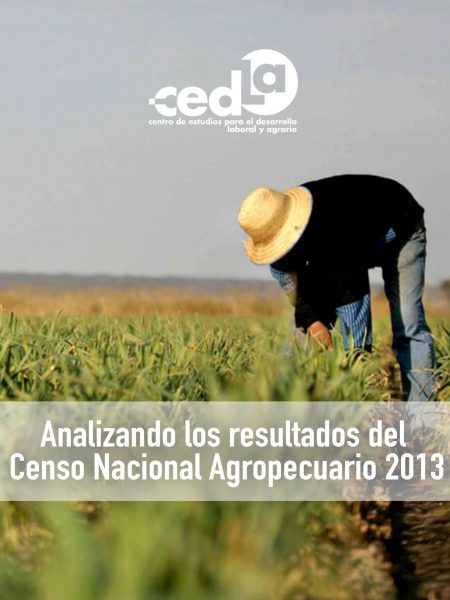Territorial expansion of capitalist production relations in the agricultural sector
- Descripción
- Información adicional
Descripción
Up until the mid 70s, capitalist agriculture used to be confined almost exclusively to the plains (eastern Bolivia), where further consolidation of capitalism in agriculture extended well into the 90s; however, from those years on, capitalist production relations managed to expand its presence into the valleys (central Bolivia) and plateaus (western Bolivia) of the country. The data collected by the National Agricultural Census 2013 (recently published by the National Institute of Statistics of Bolivia) do nothing but confirm these tendencies.
In effect, out of 871.927 agricultural production units (APUs) registered in the 2013 Census, 313.730 -36%- made use of salaried workforce during the agricultural year 2012/2013. Out of these 313.730 APUs hiring salaried workforce, 128.456 belong to the valleys; 120.860 to the plateaus and 64.414 to the plains.
The expansion of these capitalist production relations into the valleys and plateaus is mostly determined by the significant number of APUs that hire salaried workforce in La Paz and Cochabamba.
On the other hand, data also reveal the growing importance of APUs that hire salaried workforce at the departmental level. It is not only in Santa Cruz –at 47,5%– and Beni –at 39,7%– where these percentages are high, but also in departments from other regions, namely La Paz (33,4%), Chuquisaca (36,2%), Cochabamba (45,1%) and Tarija (48,3%).
What is the meaning of these data?
First, there is an ongoing expansion of capitalist production relations in the agriculture of the valleys and the plateaus. This phenomenon is mostly caused by the growing number of small capitalist agricultural producers, also known as rich peasants, who although performing agricultural chores themselves, also hire salaried workforce.
Second, even though the plains concentrate only 20,6% of total number of APU’s employing salaried workers, that does not mean that capitalist agriculture has declined in the region; on the contrary, it means that agriculture is now in a more advanced stage of capitalism: that of more developed capitalist APUs, i.e. more machinery involved in the case of land cultivation; and intensive and semi-intensive breeding practices in the case of livestock, hence the privileged position this region occupies as the top provider of agricultural production in Bolivia.
La Paz, June 15th
Información adicional
| Autor | |
|---|---|
| Catálogo | Analizando los resultados del Censo Nacional Agropecuario 2013 |
| Categorías | |
| Gestión |






